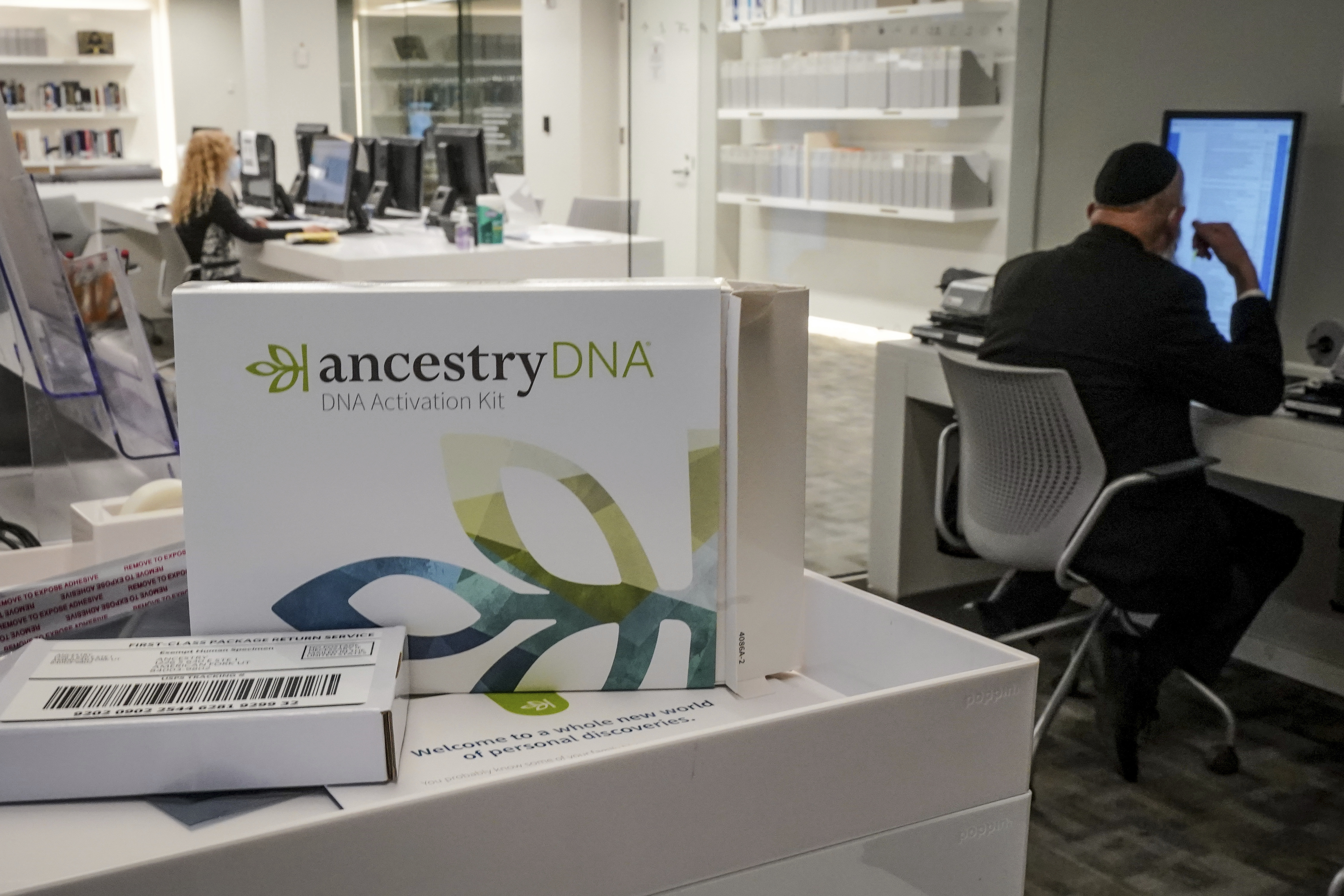Six million Jews were murdered in the Holocaust, one of the architects of which was Arthur Seyss-Inquart, who was among the most loyal and high-ranking officers of Hitler's Nazi party.
It turns out, Seyss-Inquart might have escaped justice if not for a New York City man and Holocaust survivor who is sharing his heroic story with the public for the first time.
Sorting through yellowed, black-and-white photos in his Bronx apartment, 98-year-old Norman Miller remembers a family lost forever. His parents and sister died in the Holocaust, and how they died is seared into the memories of his sons, Steve and Mike.
Get New England news, weather forecasts and entertainment stories to your inbox. Sign up for NECN newsletters.
But there’s one story Miller kept secret for 60 years that stunned them, and sent them scrambling for answers.
It spilled out during a visit to the U.S. Holocaust Memorial Museum in Washington, D.C., while the three were looking at an exhibit of the most notorious Nazis.
"Out of the blue, he just turned to us and said, 'I told you I arrested him, didn't I?'" son Steve said.
The "him" Miller was referring to was Seyss-Inquart, the Nazi Minister of Austria and Holland who oversaw the deportation and murder of tens of thousands of Jews.
"He pointed out a picture of Arthur Seyss-Inquart. And we looked at each other like, 'What is he talking about? Have you arrested this Nazi?," Steve recalled.
And that’s when the father told an incredible story his sons had never heard, which began in 1939 when 15-year-old Miller narrowly escaped the grip of the Nazis. Three days before war broke out in Germany, Miller's father secured him a spot on the Kindertransport, a rescue effort for children living in Nazi-controlled territory.
Miller was sent to an orphanage in England. His family would send letters and pictures, like one he still has — with his face pasted onto it.
"It's the last family portrait, even though he was already gone," said Steve.
Less than two years after being separated from his family, the letters abruptly stopped. Miller later learned they were sent to a concentration camp in Latvia.
"They didn't have the gas chambers at that time yet. They shot them," Miller said.
All alone in the world, Miller enlisted in the British army, serving with the Royal Welch Fusiliers. On the day that Germany and the Nazis surrendered, his battalion was at a checkpoint in Hamburg. An officer stopped a car, and asked Miller to look at the papers of a man inside — because those papers were in German.
"He was Austrian, but it was a Nazi. Big Nazi," Miller said, recalling where he had seen the name before. "You know, you live in Germany and these names appear in the newspaper."
It was Arthur Seyss-Inquart. The Nazi commander was trying to escape, but instead, he was arrested and later found guilty at the Nuremberg Trials. He was sentenced to death and executed.
How did it feel to stop such a high-ranking Nazi officer who at had a hand in countless atrocities? Miller said it didn't change anything for him.
"I mean, I wasn't overjoyed," he told NBC New York. "It didn't help bring my parents back, my family back."
Miller now spends his days at RiverSpring in the Bronx, using a walker to get around the assisted living center. He still reflects on his tragic past, especially his father — who made the painful decision to save his son, by sending him away.
"Even now, sometimes I think, 'What was his last thought? Did he think about me?'" Miller asked.
Grateful for that trip to the U.S. Holocaust Museum that prompted their father to reveal his heroic role, the Miller family donated all of his artifacts.
"It's important to have it on paper," Miller said.
"That this young boy who had identified [Seyss-Inquart] was a German Jew…it seems like poetic justice," said Steve Miller.
The previously untold story isn't just remarkable for the obvious reasons — it's also highly unusual to have any Holocaust survivor today who was old enough at the time to have vivid memories. And thanks to his interview, and sharing his collection with the Holocaust Museum, Miller's story will live on for future generations to see.



